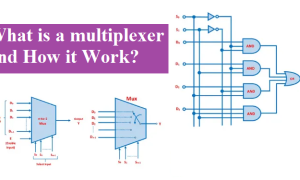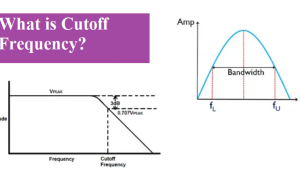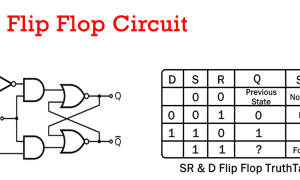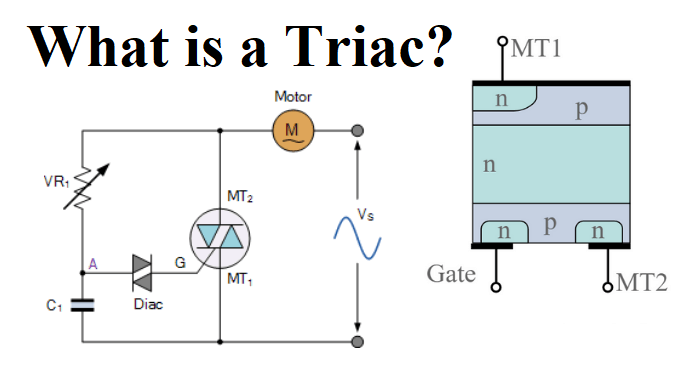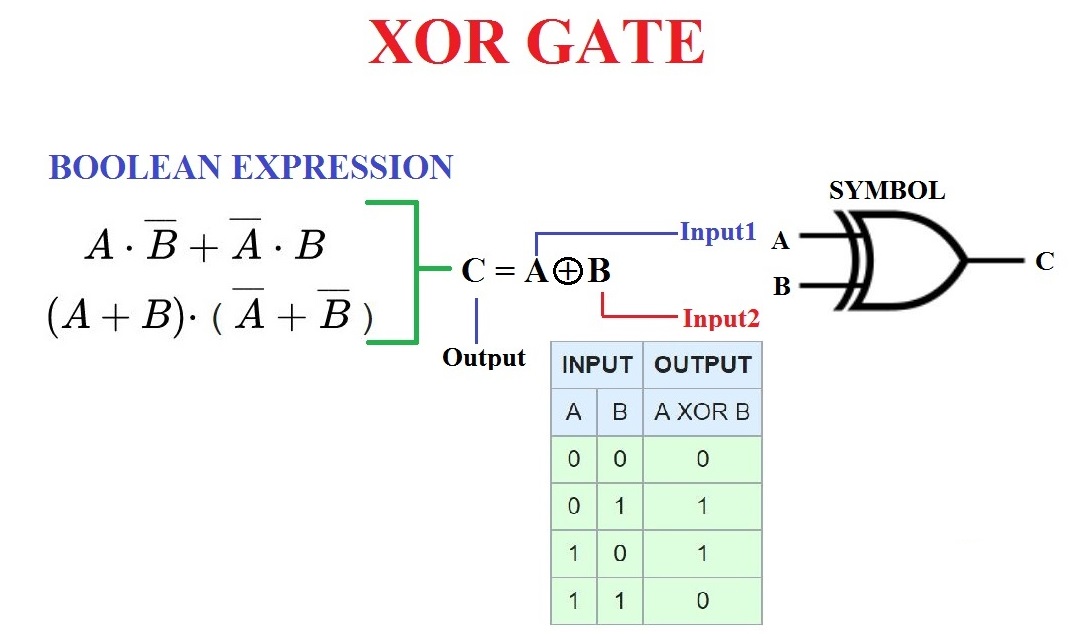Frequency Modulation: Definition, Advantages and Applications.
Frequency modulation (FM) is that form of angle modulation in which the instantaneous frequency fi(t) is varied linearly with the baseband signal m(t), as shown by(10)fi(t)=12πdi(t)dt=fc+kfm(t)
Frequency modulation (FM) is commonly known as FM that we hear in daily life. Frequency modulation is widely used in radio communication system. But we don’t know what the technology behind it? Now we are here to understand the mechanism as well as its application behind the frequency modulation
Frequency modulation (FM)
Frequency modulation is that process in which the frequency of the carrier signal is change in accordance with the modulating or base band signal is called frequency modulation signal. As we know the modulating signal is information or massage that we have to be transmitted after convert in radio frequency signal. And that modulation is ready for travel in channel.
As we know that, In amplitude modulation, the frequency and phase are constant but only changed amplitude of the carrier signal. Similarly in frequency modulation the amplitude and phase are constant but frequency of the carrier is changed in accordance massage signal. It is mostly used in radio broadcasting because the great advantage of radio broadcasting is that it has high signal to noise ratio (SNR). Its means it has low effected by the noise. Less noise effect in FM signal that’s the main reason that most radio station is used frequency modulation technique. FM are not only used in radio it has some other uses, these uses are telemetry, radar, seismic prospecting and in EEG, music synthesis, video-transmission instruments and different radio systems.
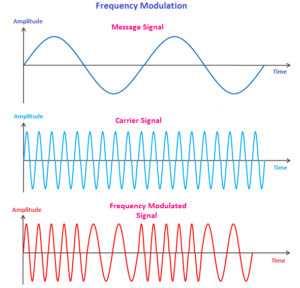
Frequency Modulation Equation
Frequency modulation consists of a cosine function or sinusoidal expression with the integral of the baseband signal. The baseband signal may be sine or cosine function.
It mathematically expiration;
m(t) = Am cos (ωmt + Ɵ) ………………(1)
C(t) = Ac cos (ωct + Ɵ) ………….. (2)
Where,
m(t) is modulating signal
Am is Amplitude of the modulating signal.
Ac is Amplitude of the carrier signal.
ωm is Angular frequency of the modulating signal.
Ɵ is the phase angle of modulating signal.
Mathematically representation of Frequency modulation;
fm(t) = fc + Kf Am cos (2π fm t )………..(3)
fm (t) = fc + Kf m(t)
Where,
fm(t) is frequency modulated wave
fc is frequency of the carrier wave
m(t) is modulating signal
Kf is proportionality constant expressed in Hz/volt
Am cos (2π fm t ) is instantaneous modulating voltage
The maximum deviation for this signal will occur when the cosine term has its maximum value, ±1. In this condition the instantaneous frequency will be:
f = fc ± Kf Vm ……….(4)
The maximum deviation (Δf ) will be;
Δf = Kf Vm
Modulation Index (μ) of frequency modulation;
It is the ratio of maximum frequency deviation of the modulating frequency signal.
Μ= Δf/ fm = Kf Vm / fm
Advantages and Disadvantages of Frequency Modulation (FM)
Frequency modulation, there is several advantages and disadvantages to its use.
| Advantages | Disadvantages |
| It has low interference and noise. | Equipment cost is higher and complex. |
| Adjacent FM channels are separated by guard bands. | The receiving signal of FM is small. |
| Power Consumption in FM less than to AM. | Receiving antenna in FM systems should be close for better communication. |
| FM required a large bandwidth. |
Differences: Amplitude Modulation vs Frequency Modulation
Amplitude Modulation
Amplitude modulation (AM) is a modulation technique used in electronic communication, most commonly for transmitting messages with a radio carrier wave.
- In Amplitude modulation, the amplitude of a carrier signal changed accordance with the massage signal. It utilizes low carrier frequency for long distance communication. Sometimes, AM signals are bouncing off the ionosphere. AM signal is traveled long distance.
- AM was developed in 1870. The first audio transmission introduce and AM has more effected by noise
- Sound quality in AM system is poor, however, can transmit long distances
- AM frequency spectrum from 535 kHz – 1705 kHz. Amplitude modulation index ranges from 0 to 1
- It has two side bands. AM circuit is easy to design. AM has less bandwidth like 10 kHz.
- For MF (medium frequency) & HF( high frequency) communication we use AM
Frequency Modulation
Frequency modulation (FM) is that form of angle modulation in which the instantaneous frequency f(t) is varied linearly with the baseband signal m(t).
- In frequency modulation, the carrier wave frequency can be changed accordance with the massage signal. FM provides good sound quality as compare to AM.
- FM was introduced in the year 1930, by the US engineer, Edwin Armstrong. FM has Less effected by noise
- FM has good sound quality because of utilization of high bandwidth.
- The FM frequency spectrum from 88 MHz – 108 MHz. Its index is higher than 1
- It has a number of Side bands. FM circuit is complex. FM has high bandwidth, 200 kHz. FM under works very high frequency
Key Points – AM vs FM
Equation for FM signal
V= A sin [ wct +Δf / fm sin wmt ] = A sin [ wct + mf sin wmt ]
Equation for AM signal
Vc ( 1 + m sin ωmt ) sin ωct where m is given by m = Vm / Vc.
In FM, the Modulation Index value greater than 1 or less than one.
In AM, the Modulation Index lie between 0 and 1.
In FM, carrier amplitude and phase is constant but frequency is change.
Therefore transmitted power is constant.
In FM, Transmitted power does not depend on the modulation index.
In AM, Transmitted power depends on the modulation index.
Pt = Pc (1+ M 2/ 2)
In AM, Bandwidth does not depend on the modulation index only depend on the baseband signal. AM has two sidebands. BW of AM is 2fm.
FM has less noise interference. The quality of FM signal good.
In AM, quality of signal is less because it is affected by noise.
The bandwidth required by FM is quite high. FM bandwidth = 2 [Δf + fm].
The required of bandwidth in AM is less (2 fm).
Transmitter and receiver circuit of FM are very complex and very expensive.
AM transmitter and receiver circuit are simple and less expensive.
Also read:- Need of modulation, amplitude modulation







